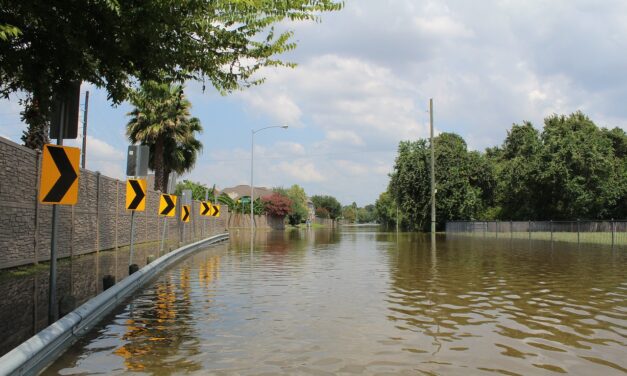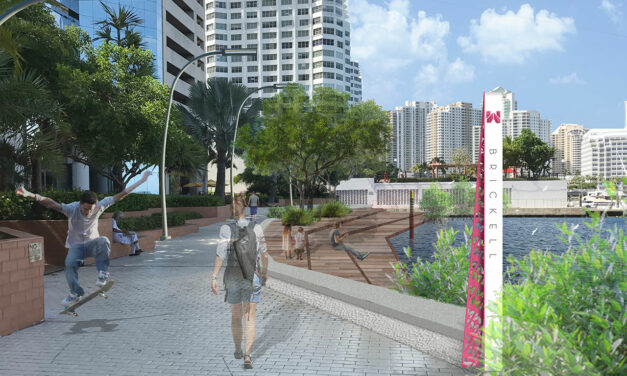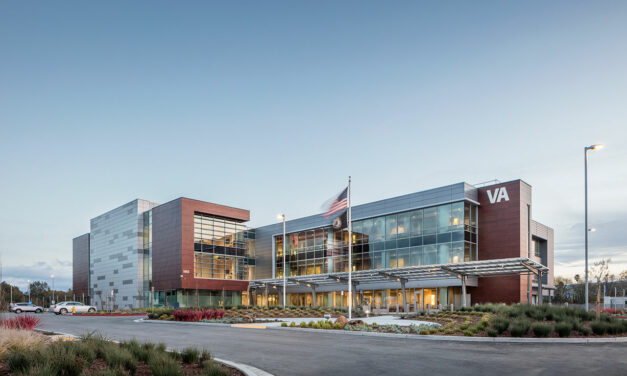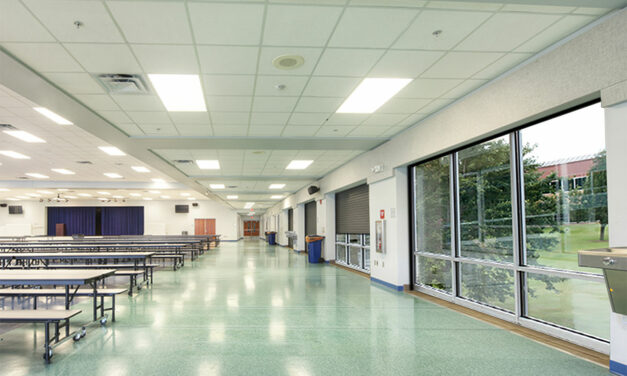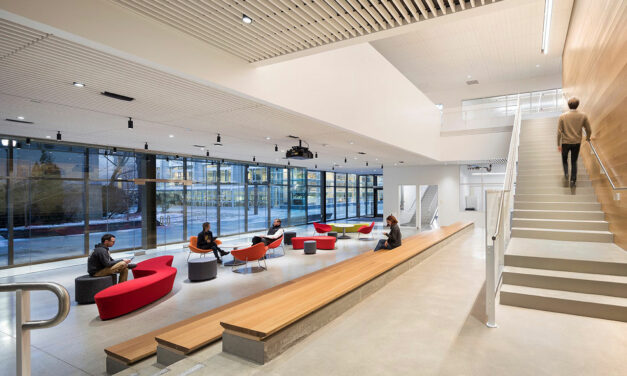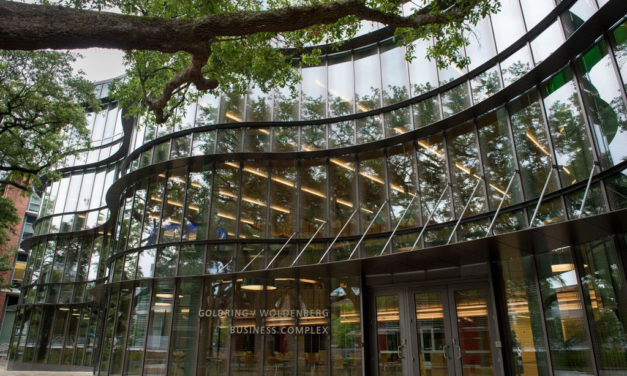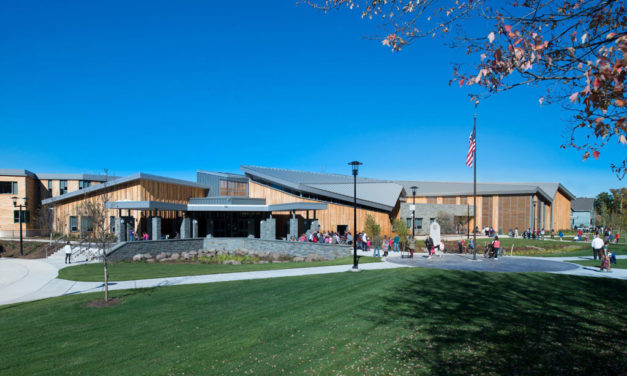FEMA calls for requiring up-to-date building codes in federal and state grants and programs
The Mitigation Framework Leadership Group (MitFLG), chaired by the Federal Emergency Management Agency (FEMA), released the National Mitigation Investment Strategy (NMIS), a unified national strategy on mitigation investment that reduces risks posed by natural hazards and increases the nation’s resilience to disasters. The MitFLG is composed of 14 federal agencies and departments as well as state, tribal and local officials and is charged with coordinating the strategy’s implementation. The International Code Council provided comments on draft NMIS proposals and worked closely with FEMA during its development.
Read More
